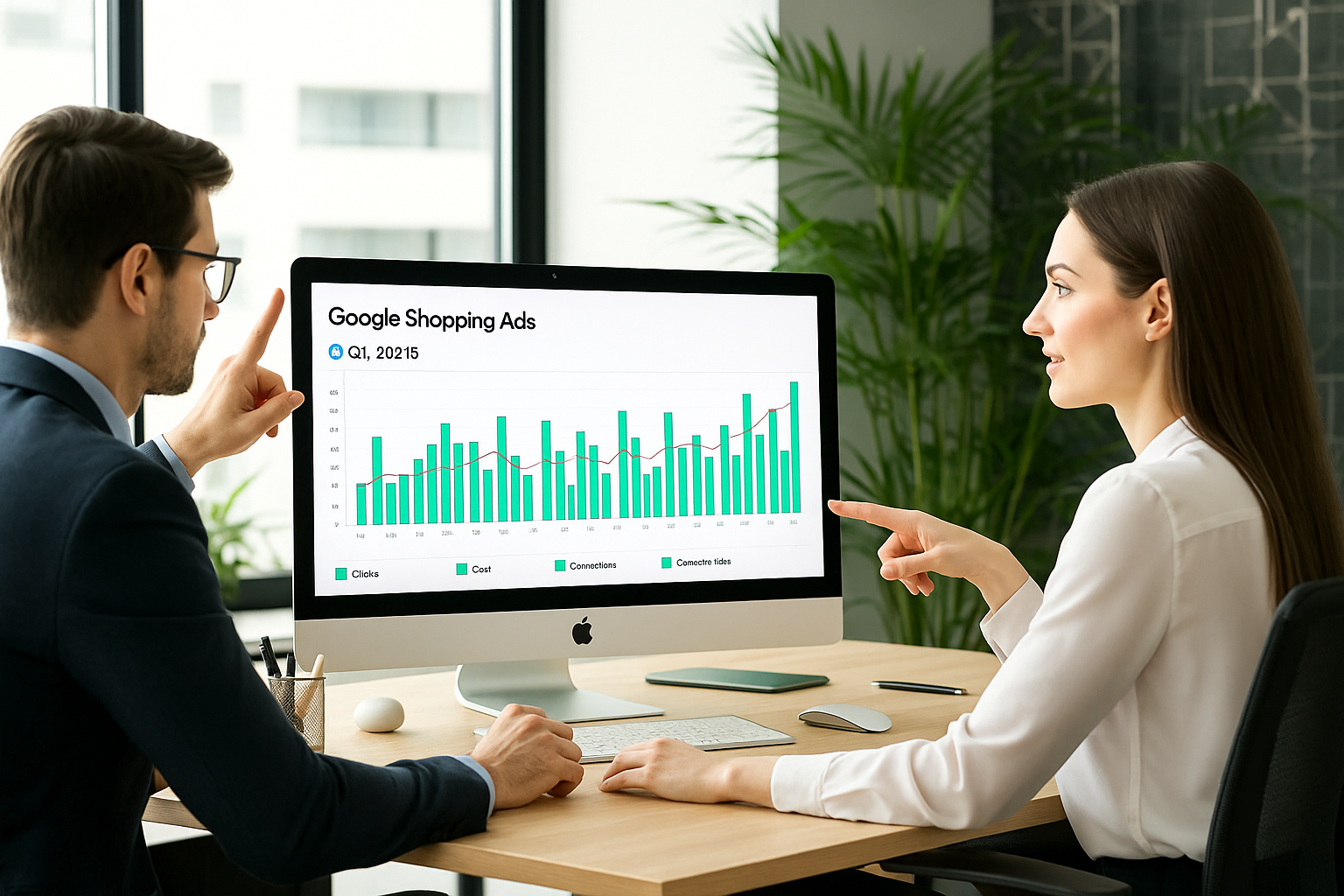Surge in Google Shopping Ad Clicks in Q2 2025: What Advertisers Need to Know
Overview of the Increase in Google Shopping Ad Clicks
In the second quarter of 2025, Google Shopping ad clicks rose significantly, driven by increased consumer engagement and higher ad spend. This shift reflects changes in consumer behavior, with more shoppers using Google Shopping for product discovery and price comparison, supported by improvements in user experience and integrated purchasing options. Advertisers responded by intensifying investments and employing more refined targeting strategies, creating a competitive environment where success depends on interpreting detailed performance data and adjusting campaigns accordingly.

Factors Behind the Surge
The 18% increase in Google Shopping ad clicks and 19% rise in ad spend were influenced by several market changes. Major advertisers like Temu and Shein exited the platform due to new U.S. tariffs, and Amazon reduced its Shopping ad presence. These departures opened opportunities for smaller advertisers to gain visibility. Google’s Performance Max campaigns accounted for nearly 60% of Shopping spend and sales, delivering higher click-through rates while maintaining conversion rates comparable to traditional Shopping ads. Meanwhile, Google text ads experienced a decline in clicks, highlighting a shift in ad format effectiveness.
Microsoft Search also saw growth, with a 17% increase in ad spend and 15% rise in click volume, offering a cost-effective alternative with minimal cost-per-click increases. This trend reflects advertisers’ interest in diversifying their digital marketing channels amid evolving competitive dynamics.
Strategic Implications for Advertisers
Success in this environment requires more than increased budgets; it demands a strategic, data-driven approach. Advertisers must analyze product-level engagement, identify peak shopping times, and adjust bids dynamically. Monitoring competitor activity and reallocating budgets toward high-performing formats like Performance Max campaigns are essential. Those who adapt quickly and leverage detailed analytics will maintain visibility and maximize return on investment.
Frequently Asked Questions
What are the main drivers of the surge?
The increase stems from evolving consumer habits favoring Google Shopping for discovery and comparison, combined with advertisers’ intensified investments and sophisticated targeting.
How has the exit of major players affected the market?
The withdrawal of Temu, Shein, and Amazon reshaped competition, allowing smaller advertisers to gain traction and prompting a focus on agility and data-driven decision-making.
What role do different ad formats and platforms play?
Performance Max campaigns have become dominant due to higher click-through rates and strong conversions, while traditional text ads declined. Microsoft Search’s growth offers a cost-effective diversification option.
How can advertisers best leverage data analytics?
By understanding detailed performance metrics and competitive bid landscapes, advertisers can make timely adjustments to sustain visibility and improve ROI.
Key Takeaways for Advertisers
The Q2 2025 surge in Google Shopping ad clicks presents challenges and opportunities. Advertisers who embrace data analytics, optimize bids, refine campaign structures, and diversify marketing efforts—especially by prioritizing Performance Max campaigns—will be positioned to capture increased consumer interest and enhance returns amid shifting digital retail dynamics.
For more details, read the original article on Search Engine Land. As noted by the author, “Advertisers are encouraged to reassess their strategies, focusing on optimizing their Google Shopping campaigns to enhance visibility and engagement.”













.png)

